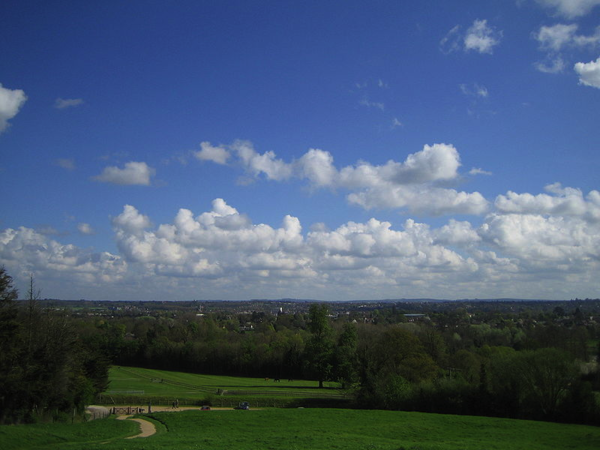The First Battle of Newbury
The First battle of Newbury was a battle fought between the Royalists and the Parliamentarians on 20 September 1643. The battle came after a series of Royalist successes (known as the ‘Royalist Summer’) in the first year of the English Civil War, and followed Charles I’s siege of Gloucester.
The Royalist siege of the Gloucester had started on 10 August 1644. The city put up a spirited defence and the Parliamentarians felt obligated to help the town. They ordered ordered the Earl of Essex to march on Gloucester with a relief column: the ‘Trained Bands of London’, which was comprised of five foot regiments and one of horse. Essex had a total force of 15,000 men. Essex left London on 26 August and soon reached the outskirts of Gloucester. Charles realised that he faced a formidable force and withdrew his troops from the area. Essex helped replenish Gloucester’s supplies, including ammunition, and then started his return to London.
Charles predicted that Essex would go back to London using the same way he had arrived, but Essex outsmarted him and took a different route via Swindon. Charles ordered his army to catch up with Essex. On 18 September, Prince Rupert and an advance guard discovered Parliamentarian scouts at Newbury. A skirmish followed and Rupert forced them back to Hungerford. The Royalist army then dispersed across Newbury to barr Essex’s army from returning to the capital.

Both sides had different strengths and weaknesses. The Royalist had a bigger cavalry force; Essex had a bigger infantry force. However, Essex lacked supplies and needed to get back to London. The pressure was on him to force the issue.
Despite this, the battle started badly for the Royralists. For an unknown reason, the Royalists failed to take Round Hill, the elevated section of the battlefield. The Royalists could have taken Round Hill before fighting commenced, but puzzlingly did not. Essex instead quickly took the hill, and the Royalist only won it back after heavy fighting that cost them many cavalrymen. The Parliamentarian force on the hill suffered many casualties too.
Prince Rupert, an influential Royalist Commander, also made tactical mistakes. The Royalists could have let Essex and his men attack first, engaging in combat with the Parliamentarians once they had broken cover. However, the impatient Rupert ordered a cavalry charge at the Parliamentary troops opposite him at Wash Common. This force suffered and was pushed back twice, but eventually forced back the Parliamentarians with brute force.
Fighting possibly carried on until 10pm. This was very rare at the time: armies usually eschewed the chaos and confusion of night fighting.
On 21 September, Essex discovered that the king had withdrawn his army to Oxford. Essex had not advanced on London, but the Royalists had suffered the worst casualties. Charles was also very short of ammunition. Therefore, Parliament celebrated the Battle of Newbury as a victory. On 28 September, Essex and his men entered London. After the ‘Royalist Summer’, this win gave Parliament a psychological boost.
The Royalist force had been hindered by a lack of organisation and solid leadership. Often Royalist leaders disagreed among each other. This lack of command unity was one of the Cavaliers' major weaknesses. Another was Rupert’s impatience. His belief in daring leadership stopped him from allowing the Parliamentarians to break their cover and come to him first.
See also:
MLA Citation/Reference
"The First Battle of Newbury". HistoryLearning.com. 2026. Web.
